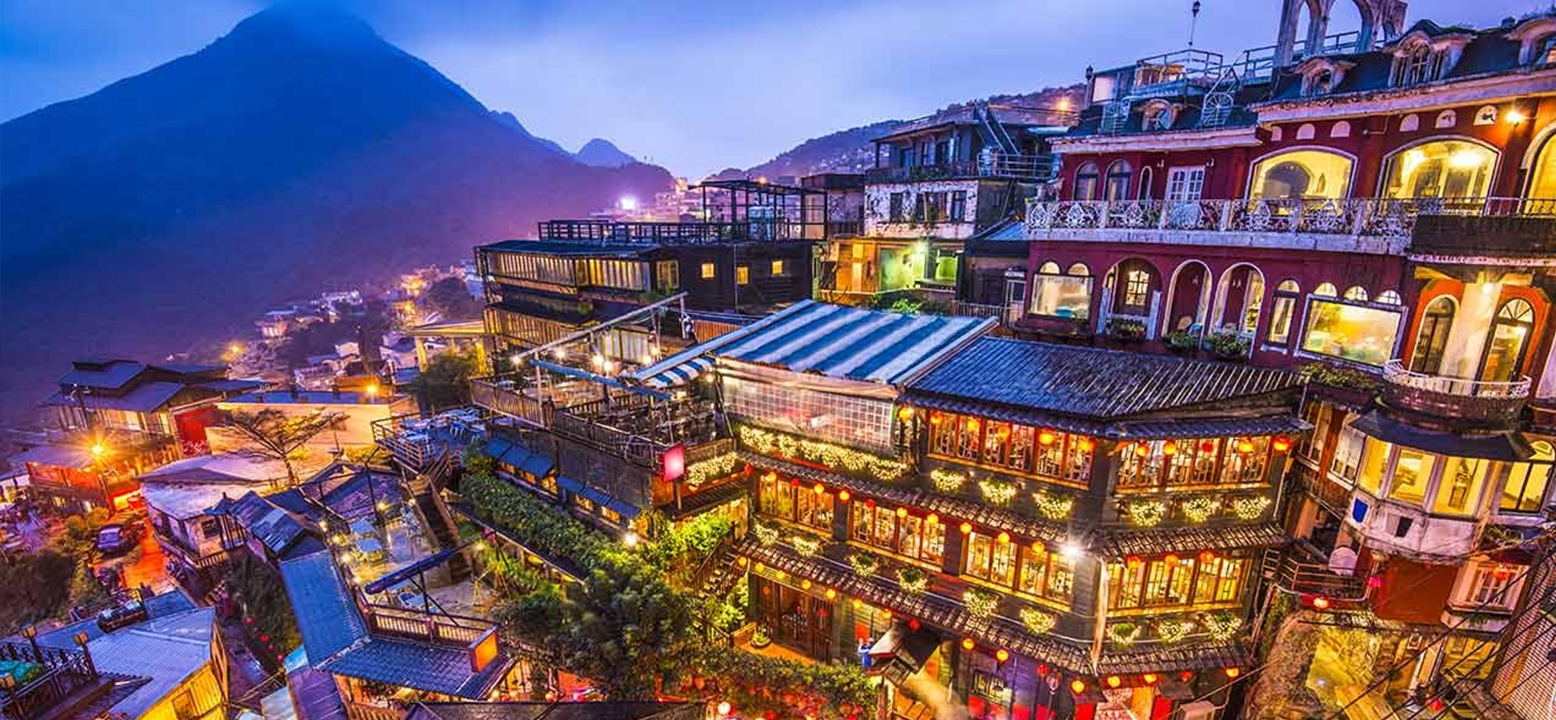Jiufen - Founded during the Qing Dynasty, this small town was a relatively isolated village until the discovery of gold during the Japanese occupation in 1893, quickly developing the town due to a gold rush. Many buildings in the town remain unchanged to this day, reflecting the Japanese influence on both architecture and culture on the island. After the war, gold mining activities declined, and the town today exists mainly as a tourist destination remembering and celebrating Taiwanese history and culture. Also, there are many traditional Taiwanese snacks in Jiufen old street like Honey Braised Dishes, Taro Balls, Red Yeast Meatballs, Ah Lan Hakka Glutinous Rice Cake, Rice Cake, Red Sweet Potato Hand Make Egg Roll, Super Black Pork Sausage, Jiufen Old Needle Shop, Honeycomb Cakes. You can have a nice experience there.
